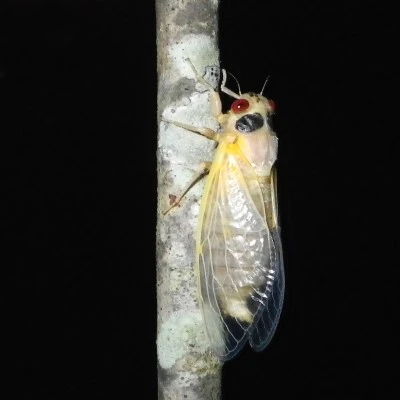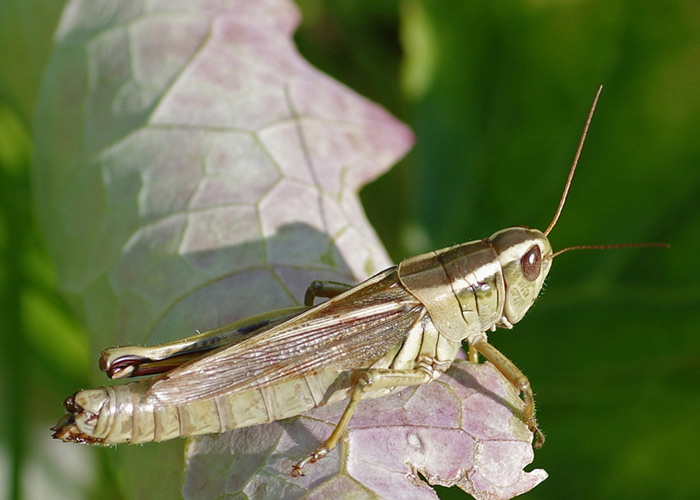The Cicadas are Coming – a Tale in Four Parts
Note: All links leave to external sites. Greetings BugFans, The insect world is gearing up to stage an event that is the entomological equivalent of the recent total solar eclipse. The buzz (if you’ll pardon the term) began a few months …

